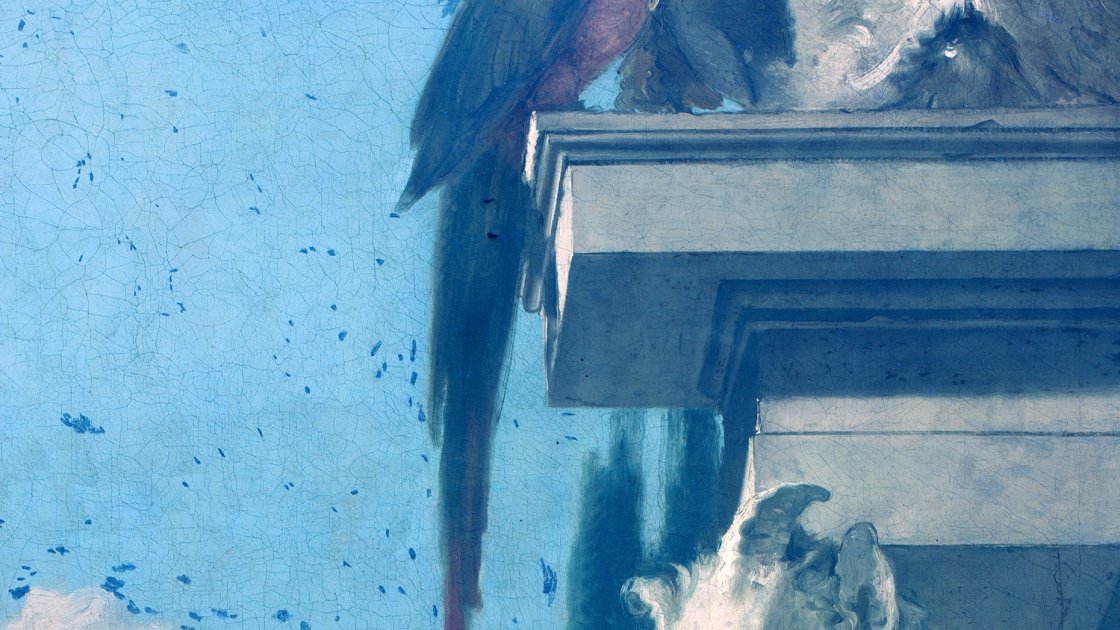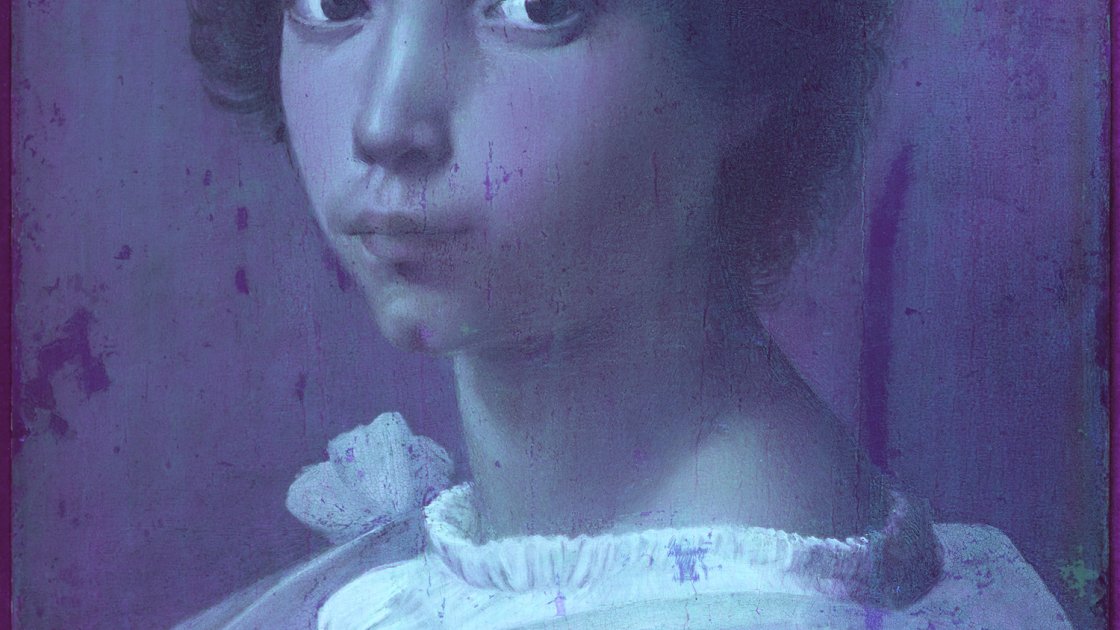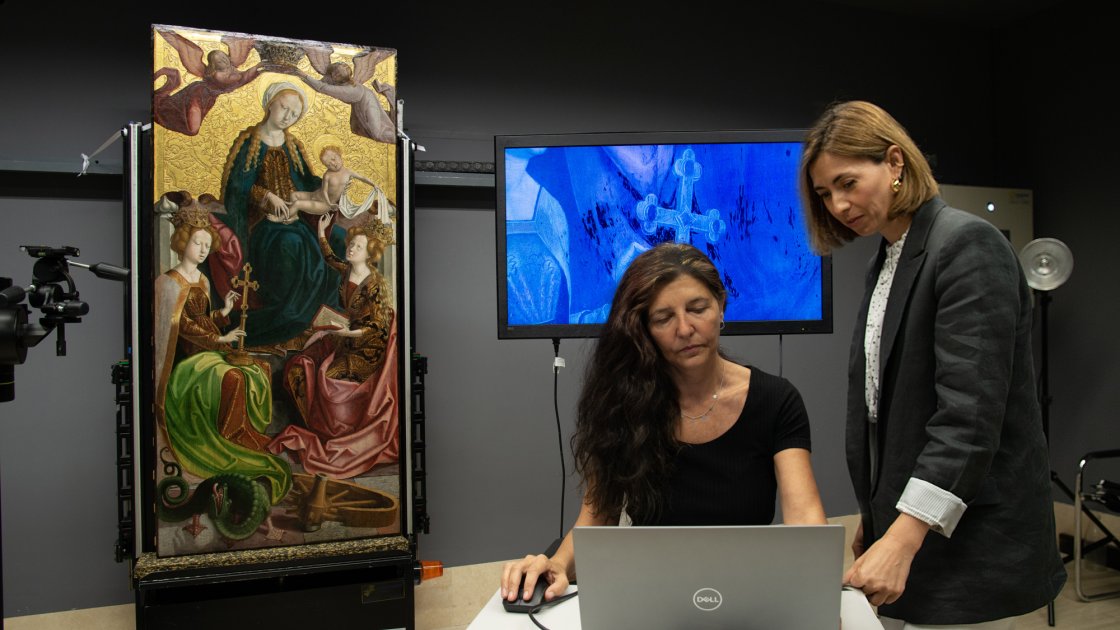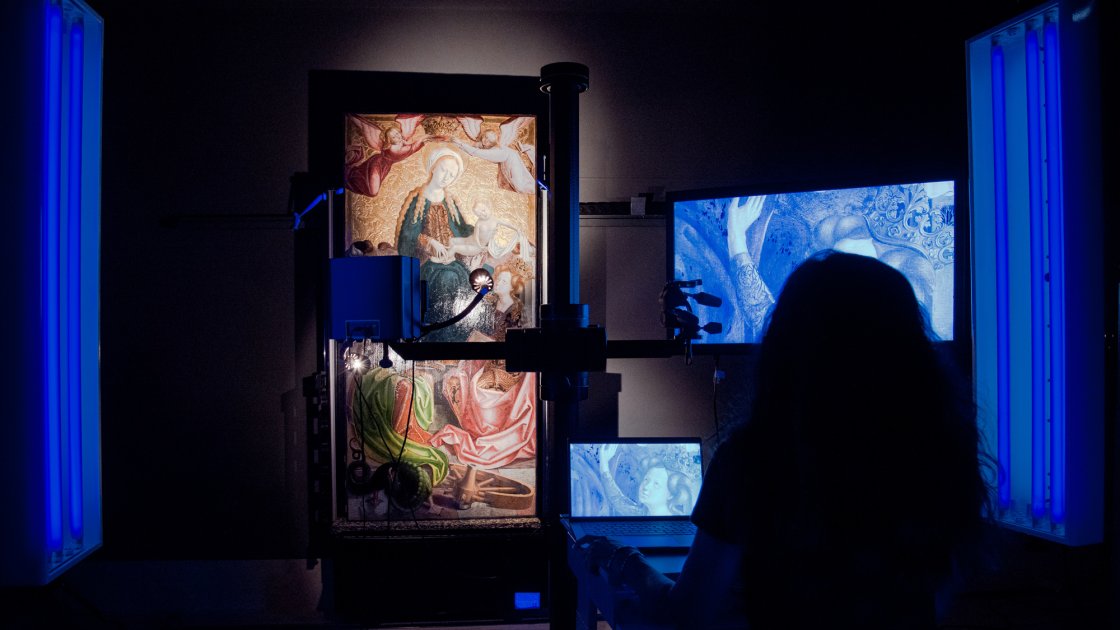Ultraviolet Radiation Photography
Ultraviolet photography is the result of the ability of certain cameras to capture the fluorescence produced on the surface of objects when UV light is shone on them. It is an essential technique for studying artworks. Combined with other research methods, it makes it possible to determine and assess the condition of the piece
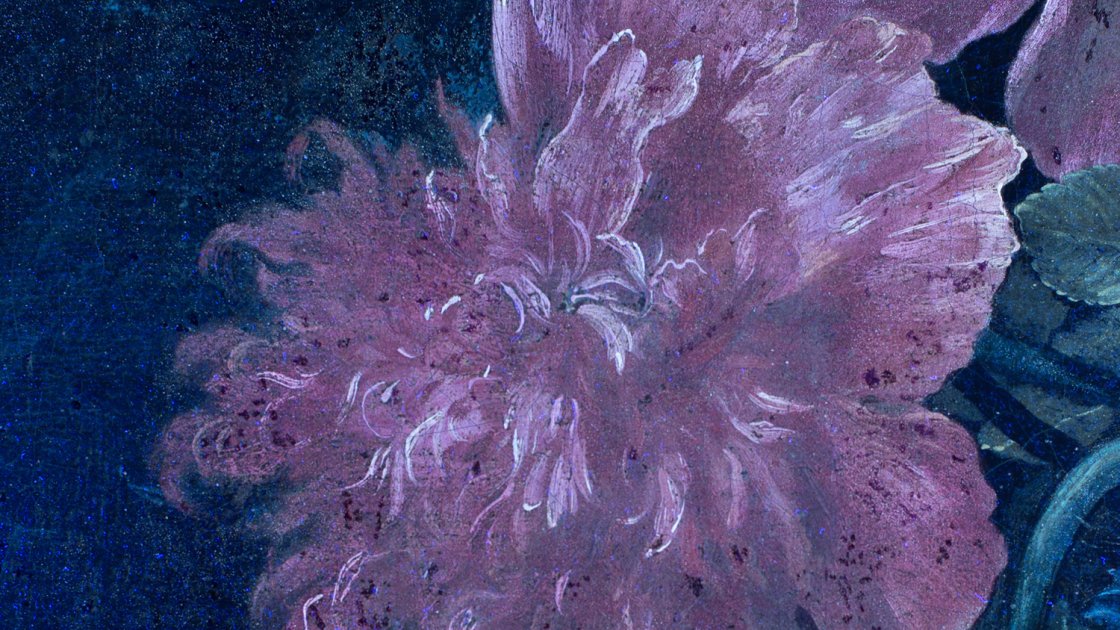
Interpreting Studies using Ultraviolet Photography

Ultraviolet rays are reflected off the object’s surface, producing a different fluorescence depending on the materials used in its execution or applied subsequently.
These different intensities depend on the original materials and those added later at different times, and are more evident the greater the difference in the age of the materials applied. The technique allows us to view, for example, retouchings carried out a different time to the execution of the work to conceal losses of original material.
Overpaint or retouching shows up as patches that are darker or more opaque than the original paint. Varnishes appear yellowish or greenish depending on their age.
Ageing causes pigments and varnishes to emit a characteristic fluorescence, while more recent retouchings or reintegrations appear as opaque patches, enabling them to be clearly identified and distinguished.
The equipment used to capture these images is a Nikon D800 camera with 20-megapixel resolution and a Hasselblad H3D camera with 30-megapixel resolution.
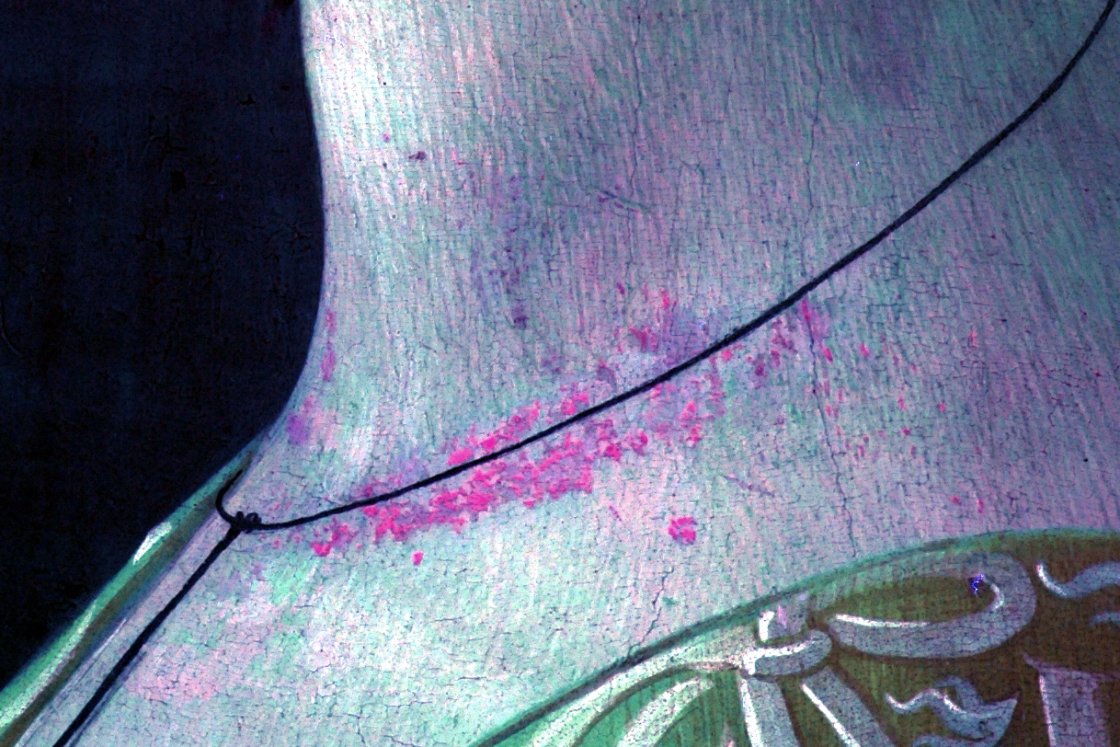
Method of Analysis
Ultraviolet image analysis is a method that also makes it possible to study certain pigments, dyes and even supports, due to their response to this type of light.
In Georgia O'Keeffe's oeuvre we have studied how she works with almost imperceptible hues. For example, in the painting White Lily No. 7 we discovered that she uses different types of white (lead, zinc and titanium) that are fundamental to the end result but can only be identified under UV light.

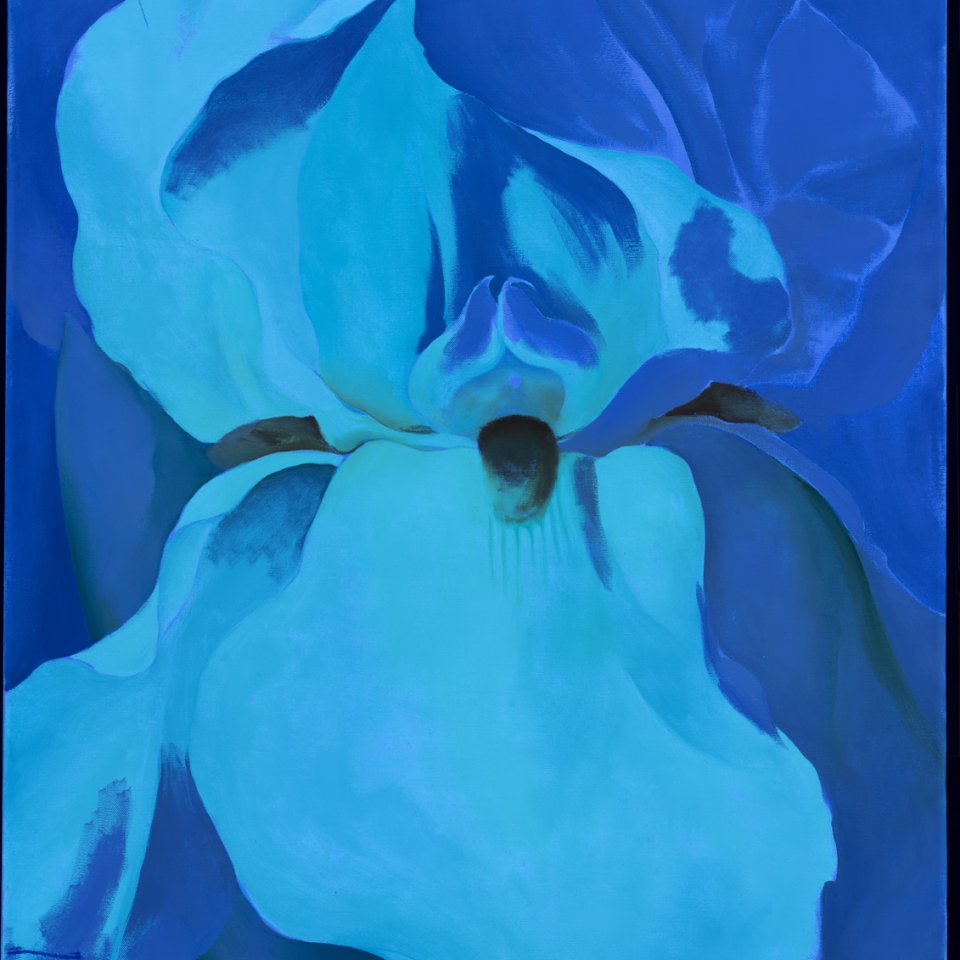
Superimposition of Techniques
Visualisation and digital superimposition of technical images on the same visual plane is an excellent source of information as it makes it possible to view simultaneously the different imaging techniques used to analyse the painting.
The researcher can study the artwork by comparing the different images, as well as accurately monitoring conservation/restoration treatments.


